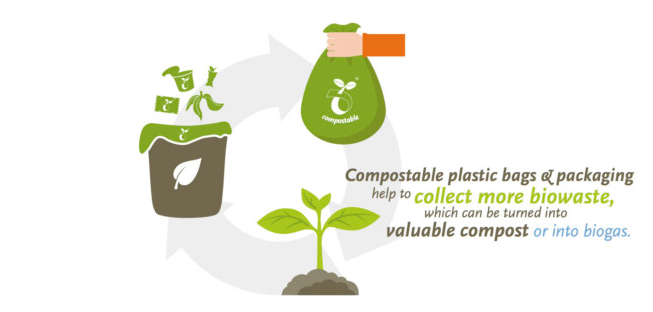At the beginning of this year, the European Commission published its EU Roadmap for a Strategy on Plastics in a Circular Economy. Consultations and discussions around some of the most important issues to be covered by the Strategy on Plastics have already started, showing the complexity of the initiative as well as the need to incorporate the entire value chain from feedstock to waste management.
EUBP welcomes the priority the Commission has given to assess how to decarbonise the plastics economy in the Roadmap, and hopes that this will remain a main pillar of the upcoming Strategy on Plastics in order to address some of the most pressing challenges of our time, namely climate change. Replacing a significant proportion of the conventional fossil feedstock by plant-based or waste-based alternatives would reduce GHG emissions. Both market push and pull measures could drive this transition, as would a level-playing-field regarding access to bio-based feedstock in the EU. This approach needs to be underpinned by smart sustainability criteria in order to ensure responsible sourcing and food security.
While prevention and reduction are paramount to reduce plastic waste and leakage into the environment, the consultations on the EU Plastics Strategy will also assess the diverse end-of-life options for plastics. When discussing biodegradation of plastics and the circular economy today, considerations should focus on organic recycling (industrial composting and anaerobic digestion) as an existing and proven concept. Harmonised and accepted standards, certification schemes, and labels for industrial compostable plastics already exist. Such materials combined with accurate information for consumers on how to dispose of the waste correctly, have proven to help collect more bio-waste for organic recycling and, that way, divert it from landfills and reduce contamination with biodegradable waste in mechanical recycling streams.

Organic recycling is a well-established industrial process ensuring the circular use for biodegradable plastics while creating a strong secondary raw material market and opportunity for renewable energy generation. Biodegradability in other environments (other than industrial composting or anaerobic digestion), however, should only be considered for a limited number of carefully selected applications, such as in agriculture and horticulture, cosmetics, or shipping and fisheries.
Currently, the share of biodegradable plastics designed for organic recycling sold in the EU is comparatively small. Hence, the potential of misthrows by the consumer to reach a critical volume that could impact the quality of mechanical recycling streams is an unreasonable assumption at this point in time. Available sorting technologies, such as NIR (near infrared) can easily detect biodegradable plastic materials such as PLA (polylactic acid). Tests show that sorting quotas are similar to those of conventional plastics. A recent study by the University of Wageningen (2017) analysed biodegradable plastics in mechanical recycling streams and detected levels not higher than 0.3%.
Furthermore, it is important to consider that bio-based drop-in plastics, such as bio-based PE or bio-based PET, make up the major share of today’s bioplastics production (about 75%) and are mechanically recyclable alongside their conventional counterparts in existing recycling streams.
EUBP urges the European Commission and all the stakeholders participating in the on-going discussions to consider recycling as both mechanical and organic recycling and to contemplate the corresponding plastic materials in this context. Furthermore, investments into sound waste management infrastructure across Europe as well as comprehensive projects to increase the consumers’ knowledge of correct disposal need to be considered. Only then, leakage into the environment can be limited and a strong secondary raw material market in a circular economy will flourish.
Source
European Bioplastics, press release, 2017-06-29.
Supplier
European Bioplastics e.V.
European Commission
Share
Renewable Carbon News – Daily Newsletter
Subscribe to our daily email newsletter – the world's leading newsletter on renewable materials and chemicals










